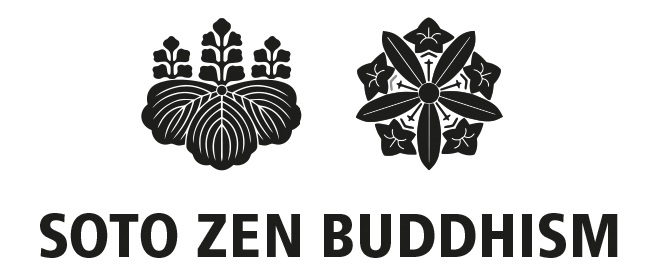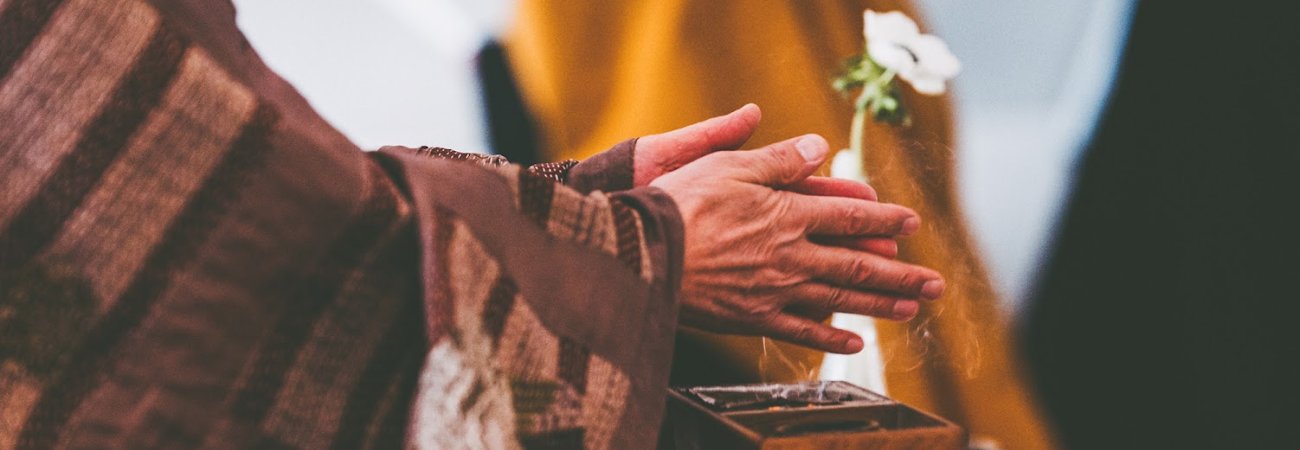
Zen and Creativity : September 21 and 22
The history of Zen through the centuries and countries has always shown remarkable creativity. All the arts directly resulting from this practice of presence and unity in the moment, the art of flowers, calligraphy, painting, poetry or pottery for example, express creativity and spontaneity with the work as it is, without trying to correct or transform it.
During this weekend at Ryumonji, the participants will be able to express in each activity, in the context of the life of the monastery, this presence in the moment with all that it has of soothing and deeply inspiring. They will also learn the practice of Zazen, Zen meditation, guided by experienced monks and nuns.
Each day as a whole will then become for the participants the source of their creativity and unity with the world.
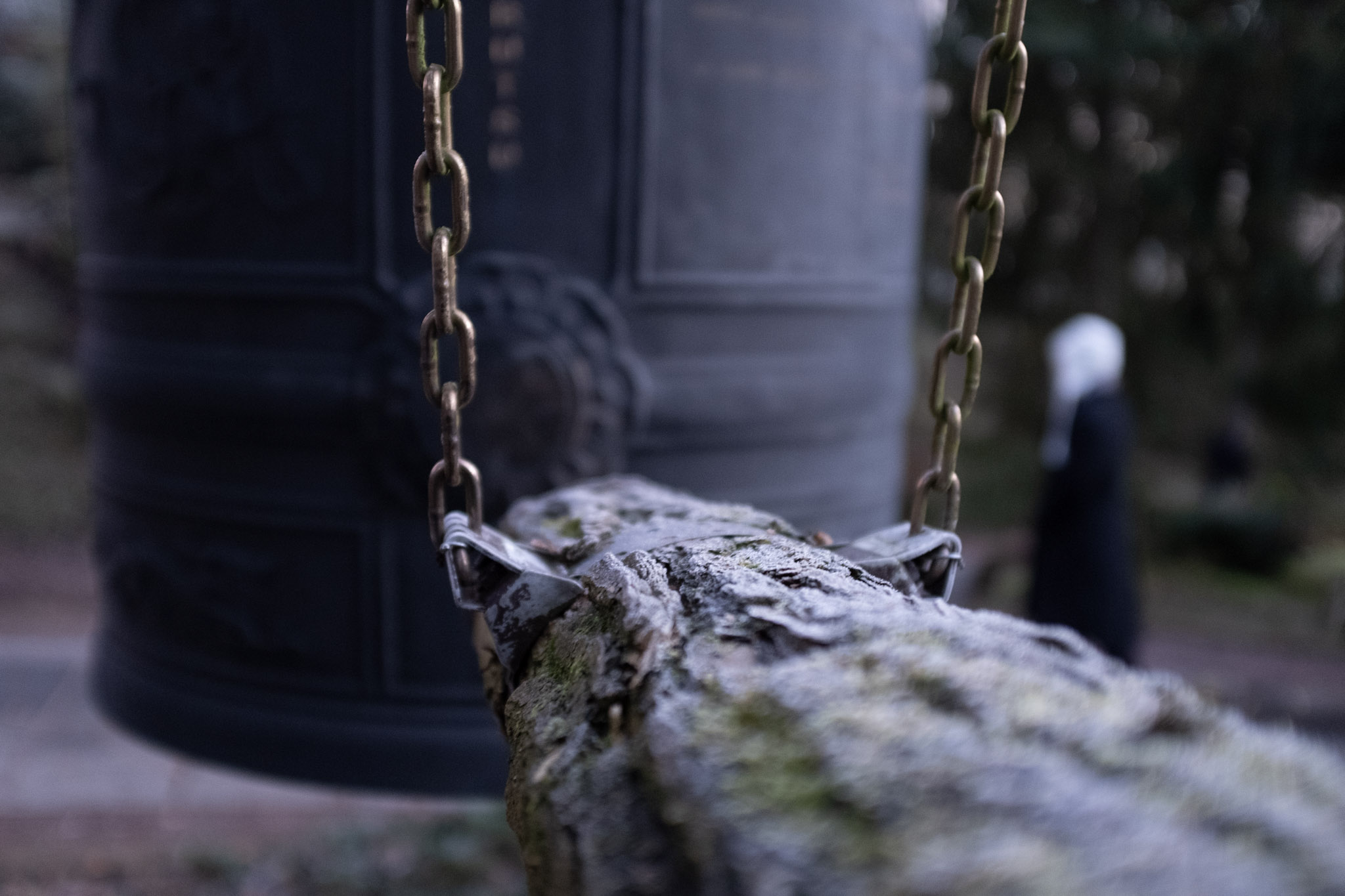
Arrival is on Friday, September 20, between 5 and 6:30 pm for beginners, and between 5 and 7 pm for others. The welcome lecture is at 7pm for beginners. Dinner is at 8.30pm.
Departure is on Sunday September 22 after lunch.
LIST OF WORKSHOPS (1 CHOICE ONLY)
KESA SEWING
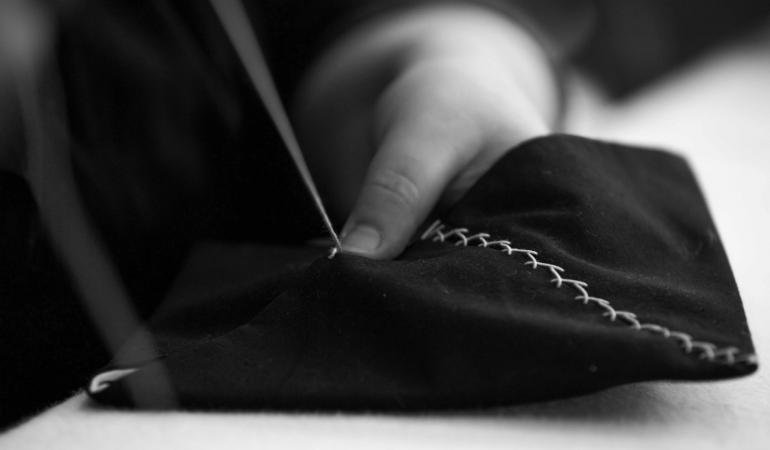
All the sutras (...), the whole universe and nature in its diversity, the mountains, the ocean, the trees and flowers, and even the stones, express the merits of the kesa. (...) But having direct contact with it, putting it on, studying it or sewing it are very rare occasions.
Master Eihei Dôgen, 13th century Japan.
Shôbôgenzo, Kesa Kudoku
One of the traditional practices of Soto Zen Buddhism is the sewing of the kesa, a garment identical to the one worn by Shakyamuni Buddha 2500 years ago. He had gathered pieces of cloth from various sources to form a long robe and cover his body. This tradition has been passed down from master to disciple through the ages in a spirit of simplicity and deep faith.
The kesa exists in a smaller version, the rakusu: worn on a daily basis, it reminds the practitioner of his or her commitment to the Zen path.
During the sewing weekends, everybody has the possibility to learn the rules for assembling these garments, to discover a peaceful and concentrated form of work and to develop qualities of patience and perseverance. Each stitch like a grain of rice, the work like a rice field, and the teaching of the monks and nuns like the water irrigating the whole.
The necessary materials will be at your disposal: black cloth, needles, thread, silk, etc.
The sewing teachers during these retreats have deeply studied the sewing of the kesa. They have received this teaching from older monks and nuns who have guided them so that they can now pass it on themselves.
or write an email to info@meditation-zen.org.
SHIATSU AND DÔ-IN
RELIEVE YOUR TENSIONS, REGAIN ENERGY, WELL-BEING AND CONFIDENCE
Two techniques will be developed during the workshop, one in shiatsu for a give-and-take practice involving exchanges and the other in do-in with exercises on yourself. Both aim to enable the body to express its optimum energy potential.
- Shiatsu: a practice for two
Shiatsu (finger pressure) is a manual technique of Japanese origin whose fundamental principles are based on traditional Chinese medicine.
By acting on all the meridians, shiatsu, by listening to the patient and his or her ailments, harmonises the circulation of Qi (energy) in the body, relieving tension and energising stagnant areas to rebalance the body's main functions.
Shiatsu takes a holistic view of the human being, making no distinction between body and mind, and works on physical, physiological, mental, emotional and psychological functions.
The workshop focuses on practice, and you will learn the katas (basic postures and gestures) for a shiatsu that is both invigorating and relaxing. We'll also look at the theory behind Qi, Yin-Yang, the meridians, etc.
- Do-in: practising on yourself
We'll also be practising do-in: self-massage and gentle stretching, qi-gong movements, which have beneficial effects on meditation and everyday life.
Shiatsu is practised with clothes on (soft clothing), and the touch is respectful, attentive and appropriate.
These shiatsu and do-in practices help to develop coordination, listening skills and awareness of energy circulation.
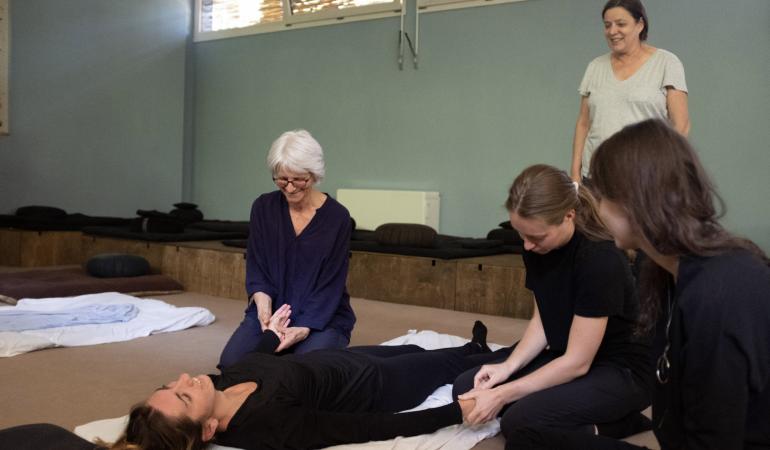
Intimately linked to Japan and its traditions, Marie Christine Bottin studied Japanese and worked on traditional arts, transmission, artistic and craft practices and Buddhism. A disciple of Master Taisen Deshimaru, she began practicing zazen in 1978 and was ordained a nun in 1981. Since 2009, she has been studying and practicing shiatsu from the Iokai school taught by K. Sakaki (direct lineage of S. Masunaga) for individual or collective sessions (workshops, do-in).
or write an email to info@meditation-zen.org
ZEN AND CALLIGRAPHY
HARMONISE THE PRACTICE OF THE BODY AND THE ART OF CALLIGRAPHY
This workshop will allow beginners to learn the art of the brush, the line, the first kanji and of course the posture and breathing. For the more experienced, it will be an opportunity to deepen their knowledge of kanji and composition.
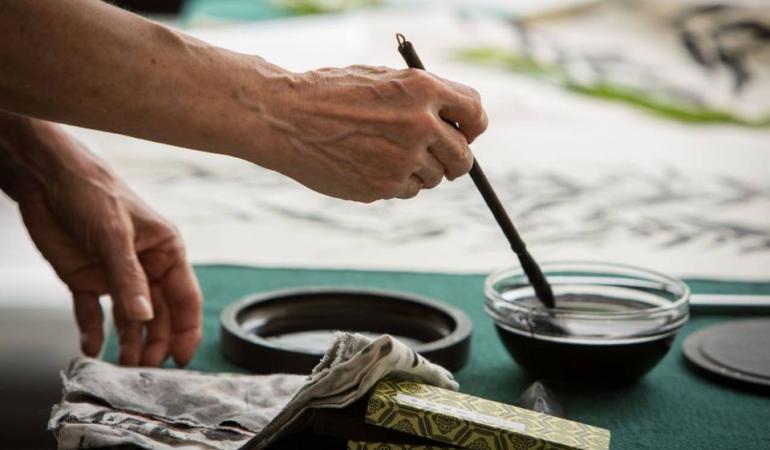
Jacques Kugen Foussadier was born in Paris in 1942. After seven years of study at the Beaux-Arts of Rouen and Paris, encouraged by his masters, he turned towards the Orient. In 1969, he began with Master Ung-No Lee the long apprenticeship of brush, ink and rice paper: calligraphy, this art of line which reflects the state of mind and allows no regrets. There is only one way: concentration and tireless repetition, which unify subject and object in the deepest part of oneself and thus allow to make the work spring forth as naturally as a source.
or write an email to info@meditation-zen.org
ZEN AND QI GONG
IMPROVE THE FLOW OF ENERGY IN THE BODY
QiGong? It seems that this class is exceptional! People leave delighted.
These Qi Gong exercises (Qi = vital energy; Gong = exercises) were developed centuries ago in China. They were designed to improve the flow of energy in the body and contribute to the maintenance of good health.
Through simple physical movements, blockages and (muscular) tensions are released and the posture becomes more precise. This course is aimed at both beginners and people who already know Qi Gong and wish to practice for a few days in a quiet environment.
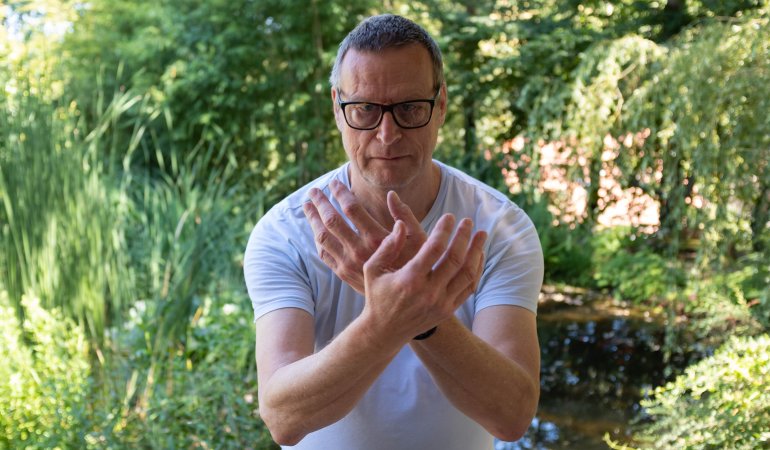
Stefan Reimon Müller-Hieke, Zen Monk, has been practicing Qi Gong for about 20 years under the guidance of various teachers. He was trained as a Qi Gong teacher with the Shaolin monk Shi Xingui and with the disciples of the American Taoist master Bruce Frantzis.
or write an email to info@meditation-zen.org
Rates:
- 199 € / 176 € (students, jobseekers) for Zen and Shiatsu/Dô-In or QiGong, or Essential Oils respectively.
- 209 € / 164 € (students, jobseekers) for Zen and Calligraphy.
- 146 € / 86 € (students, jobseekers) for Kesa Sewing. For those who wish to start sewing rakusu, please allow 20€ (check or cash) for the sewing kit.
- To participate in the activities of the monastery, you must be a member of the Association of the Zen Temple of Weiterswiller. Annual fee: 15 €.
INFORMATION : The Community of Communes of Hanau La Petite Pierre has introduced a tourist tax on the territory to contribute to the development of tourism activities. This tourist tax is applicable from May 1st 2022 at a rate of 80 cents per person per night (to pay in addition to the sesshin).
INDICATIVE PROGRAMME
6:00 : Wake-up bell
6:30 : zazen, sitting meditation
7:30 : ceremony
8:00-8:30 : genmai, ritual breakfast with sutra singing
9:00-12:00 : Zen and Creativity workshop
12:30-13:00 : vegetarian meal based on organic products taken from oryoki (traditional bowls)
14:30-17:00 : Zen and Creativity workshop
18:45-20:00 : zazen (sitting meditation), teaching by Master Wang-Genh. Evening ceremony and offering of the day for the good of all beings.
20:15 : vegetarian evening meal
PRACTICAL INFORMATION
IMPORTANT - please take note of :
- membership conditions
- what to bring with you
- access to the temple (by train or car)
- the possibility of car pooling
By logging on to the :
SHALL WE TRAVEL TOGETHER?

As a participant, we offer you the opportunity to organise car pooling so that you can share the cost while reducing your carbon footprint. And all this while sharing a moment of conviviality with other retreatants :)


